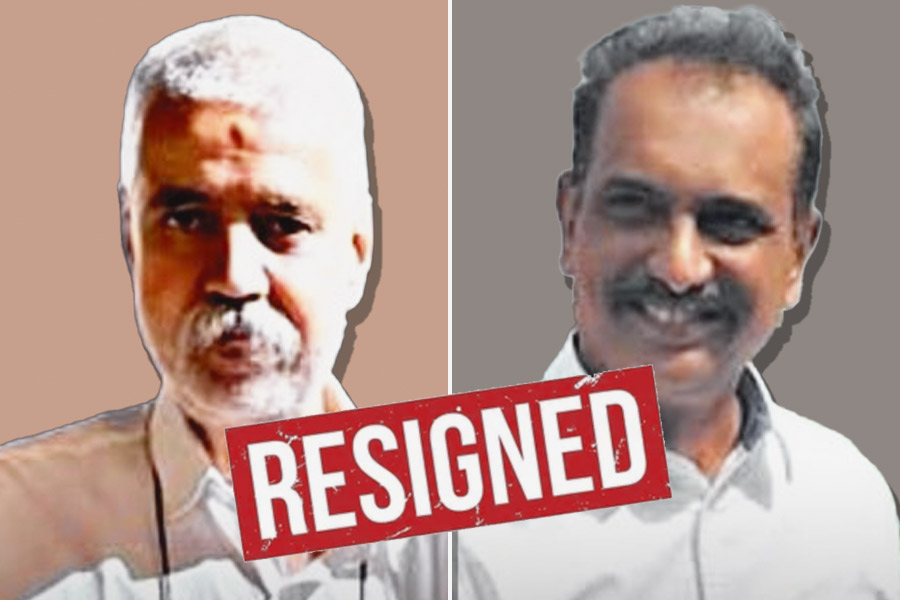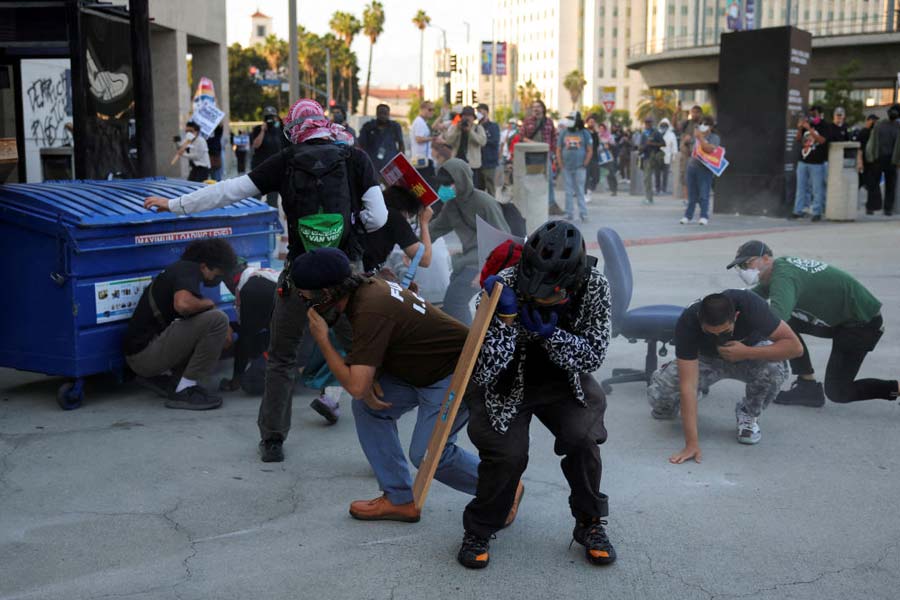|
|
Like everything else surrounding the Commonwealth Games, the Delhi government’s beggar eviction drive has also fallen victim to corruption and ineptitude. Beggars are ubiquitous in Delhi; this despite a year-long drive by the city government and its police to banish them from the streets in an effort to dress up the capital for the Games. Beyond the usual administrative failures, the drive has raised basic questions: what defines a beggar? Is every destitute or street vendor a beggar? And is begging a crime or a socio-economic problem?
Since 1961, Delhi and 17 other states have been administered by the Bombay Prevention of Begging Act, 1959. The law makes begging in public places a punishable offence attracting a jail term of three years. This is seldom invoked. Beggars are generally sent to one of the 12 city-government-run ‘homes’ with a cumulative capacity of 2,200 inmates. Estimates of the number of beggars on Delhi’s streets vary from 60,000 to 100,000. Thirty per cent of them are below 18, nearly 70 per cent are male, and 90 per cent migrants, mostly from Rajasthan, Uttar Pradesh and Bihar.
In Delhi, the law is implemented by the department of social welfare and the police. They conduct raids, mostly in ‘no tolerance zones’ like Connaught Place and other tourist spots, to pick up beggars, who are then tried in two special courts and, if convicted, sent to one of the homes. Last year, the government also constituted 12 mobile courts. Harsh Mander, a former officer with the Indian Administrative Services, now turned activist, has challenged the statute. In a public interest litigation which is being heard in the Delhi High Court, Mander has asked for the decriminalization of begging.
He argues that collecting alms has been part of the Indian tradition, adding that the law criminalizing begging, first put in place in the 1920s, smacks of a colonial hangover and that the problem needs socio-economic solutions. The act puts street performers, mendicants and small vendors, who may solicit alms “indirectly”, in the category of beggars. It describes beggars as people “having no visible means of subsistence and wandering about or remaining in any public place in such condition or manner [that] makes it likely that the person doing so exists by soliciting or receiving alms”. Thus, anyone who looks unwashed or is penniless or is a destitute can be arrested. So, often a homeless migrant labourer or rag-picker, who may have never begged in his life, is sent to a home.
Mander labels the act as the most anti-poor law. “It makes the poor not only responsible for their situation, but criminally responsible for it.” Indu Prakash Singh of Ashray Adhikar Abhiyan, working with the homeless, calls it a war against the poor. But the pressure on agencies to rid Delhi of its beggars is increasing with barely 60 days to go for the opening ceremony of the Games. The city government has even asked the states for help. It recently submitted an affidavit asking resident commissioners of the states to take back “their” beggars.
The traffic police has made giving of alms a punishable offence under the Motor Vehicles Act. The police has brought out an order stating that anyone caught giving alms can be fined Rs 1,000. Last year, an advertisement put up by the Delhi government pointed out that those who give “alms may cause traffic jams, accidents, illiteracy, inconvenience, unemployment, biri, cigarette, alcohol, bhang, ganja, charas, heroin… mandrax, robbery, rape, sex, theft, murder, prostitution, handicapped, assault, hooliganism... slums, poverty, debt, ignorance, aggression, encroachment, molestation, mugging…”
Officials claim that begging is controlled by mafia groups that force children into the profession. Official surveys have found many beggars to be graduates or high-school dropouts. So the problem isn’t just about people getting pushed into begging due to poverty or lack of jobs. “It is an easier life. What other profession can offer up to Rs 400 daily for doing nothing?” says an official.
Activists dispute the surveys but do not entirely deny the possibility of mafiosi at work. “There is no empirical evidence to prove the presence of mafia, something the government conceded in the court as well,” says Singh, adding that officials are passing off stray cases as evidence. Officials say their job is to enforce the law, not to interpret it. They cite a 2008 Delhi High Court order which directed the city government to clear Delhi of beggars and hawkers as they “obstruct the smooth flow of traffic”, and devise a rehabilitation plan for street children affected by the order. The order came in response to a PIL moved by a group of lawyers that described beggars as the “ugly face of the nation’s capital”, as people who, among other things, caused “road rage”.
As the former chief of Delhi traffic police, Maxwell Pereira was one of the first to ask his men to arrest anyone found begging on city streets. He continues to believe that beggary is bad advertisement for India, making it look like a “land of beggars”. The drives led by Pereira and others have been largely ineffective. Raj Mangal Prasad of Pratidhi, an NGO working with destitutes and juvenile criminals, says that the problem is not just with the formulation of the law, but with its implementation as well.
Using the Right to Information Act, Pratidhi has exposed rampant corruption in the way the social welfare department runs beggar homes. As many as 12 officials had to serve sentences after the RTIs became the basis for inquiries by the Central Bureau of Investigation and the city government’s anti-corruption branch. Beggars living in these homes are let out in the morning to beg, only to return in the evening with their collection, part of which goes into the pockets of the officials. Other irregularities abound. In 2007-08, an anti-corruption branch raid revealed how officials claimed ration funds for 1000 inmates when the home had only 500. In an RTI reply, the department confessed that a cashier in one of the homes had decamped with lakhs collected from the beggars during jaama talashi or search. Then there are issues of hygiene. A few years ago, inmates at a home died of cholera.
“The government is more concerned about the visibility of these beggars and the city’s image than actually treating the problem,” says Prasad. Officials concede that removing beggars from Delhi streets would be a tall ask. “We may teach them skills like gardening or washing clothes but these are of little value to someone used to earning several times more through begging than through the minimum wage,” says an official. A study shows that nearly all beggars come to Delhi to escape poverty, and that a beggar earns Rs 50-60 on a daily average. As Prasad says, “The Centre has initiated employment guarantee schemes. In Delhi, we have Aap ki Rasoi, which offers food to the homeless. And yet, we round up the homeless and put them up in poorly-maintained homes.”
For the time being, it seems that shoddy preparations for the Commonwealth Games threaten to cause the elite of Delhi more embarrassment than the city’s beggars.












